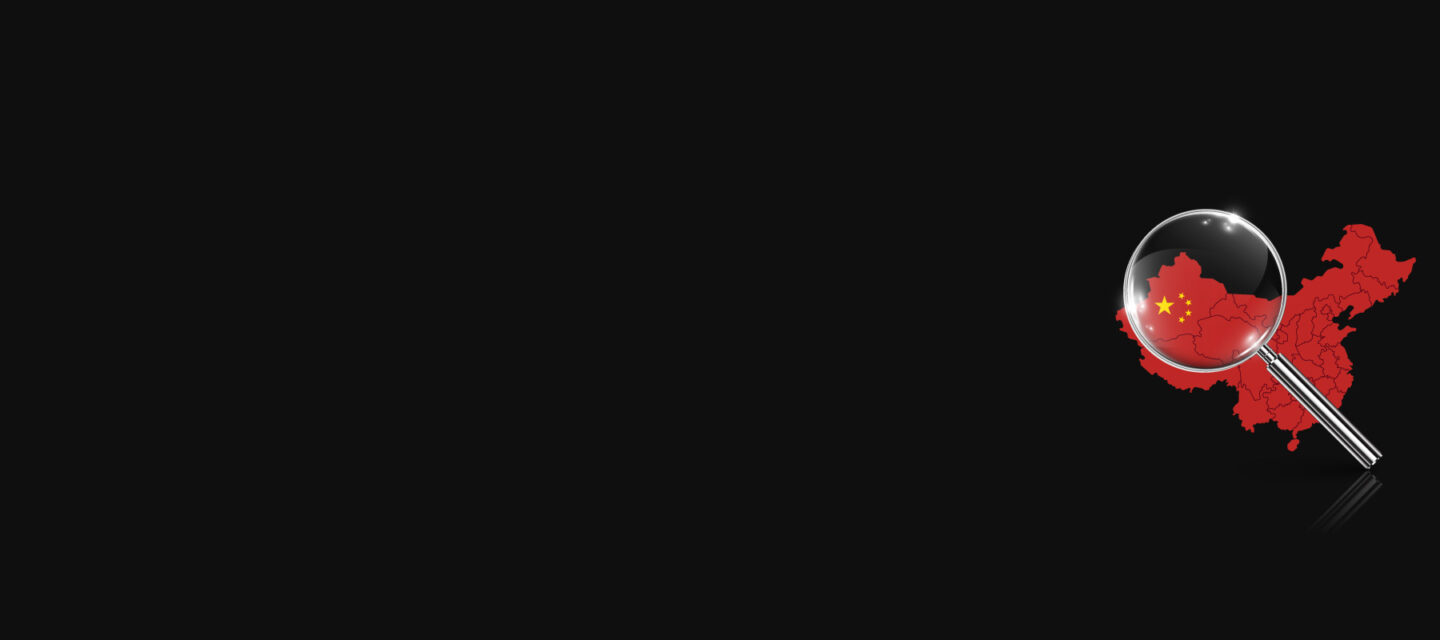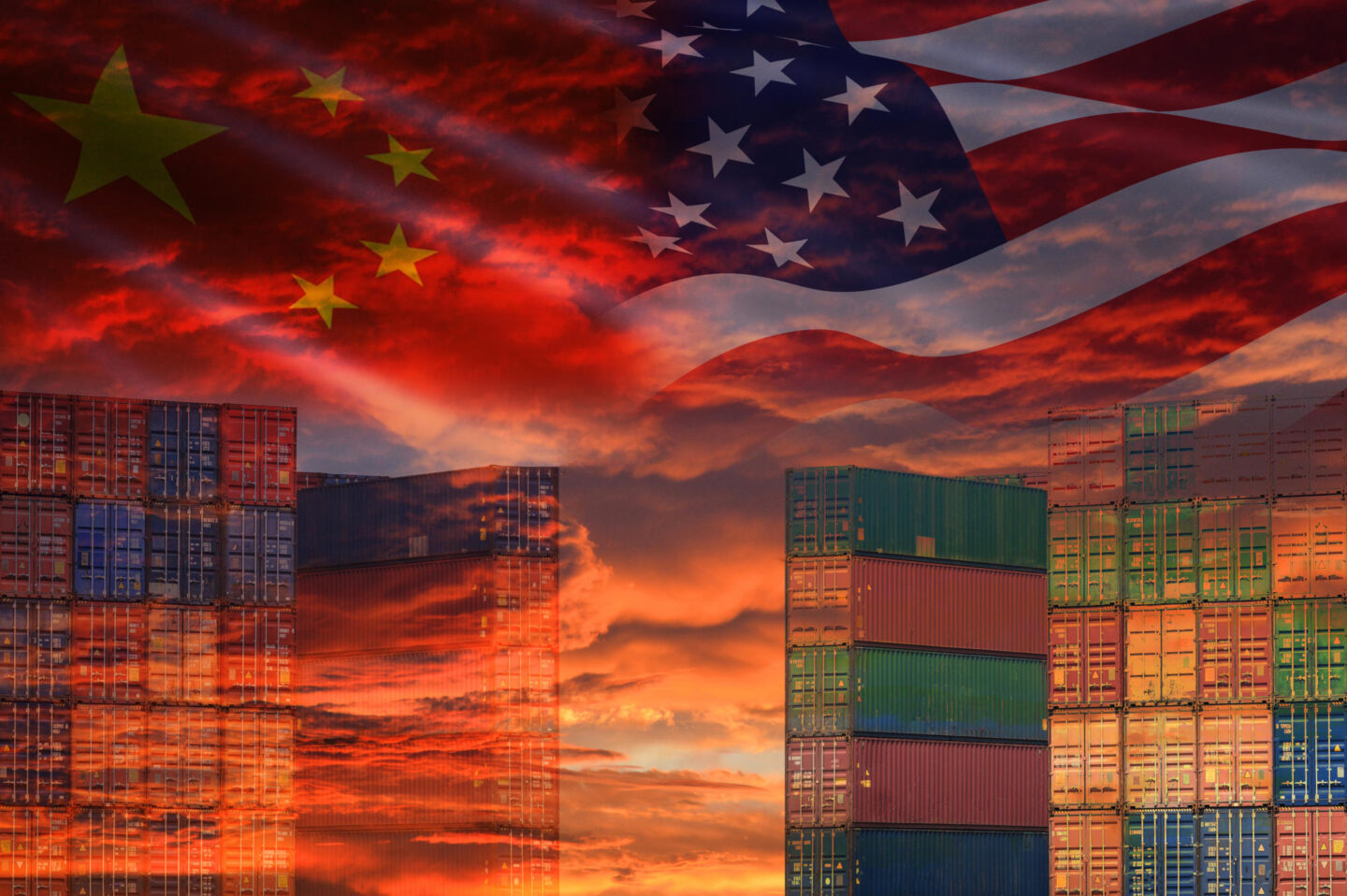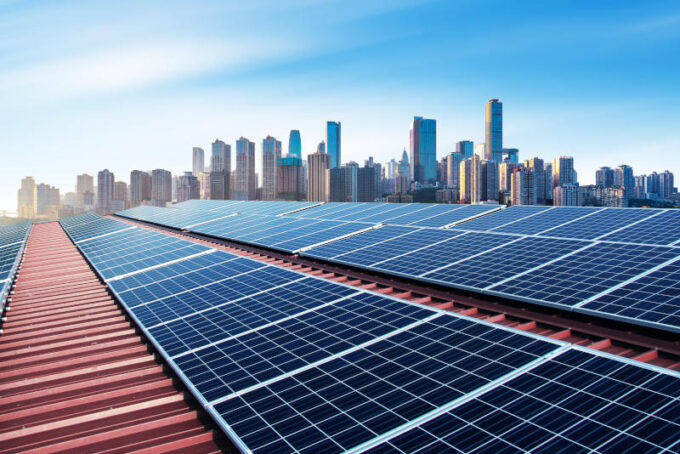
How to win over DE&I doubters and disruptors
Effective DE&I strategies are proven to enhance performance, yet they still face resistance – perhaps now more than ever. Here’s how to convince the naysayers....
Audio available

by Mark J. Greeven Published December 23, 2024 in 2025 Trends • 5 min read
As 2025 approaches, China stands at a critical juncture, marked by the conclusion of its 14th Five-Year Plan, a period that typically heralds transformation as the government lays out detailed policy priorities. This transition is further complicated by the re-election of Donald Trump as US President, which introduces heightened uncertainty into international trade and diplomacy. In this increasingly complex environment, Beijing must navigate a delicate balance between domestic reforms, global aspirations, and strategies to boost economic resilience.
Here, we highlight four major trends set to shape China’s trajectory in 2025: Stimulus, Trump 2.0, future back, and global China.
Markets will continue to look for more monetary measures to further boost consumer confidence.
China’s economy hopes to regain momentum in 2025, fueled by a series of stimulus policies rolled out since September 2024. These include interest rate cuts, real estate sector support, and expanded public spending, which aim to drive the economy toward an estimated 5% growth target. However, challenges remain. Declining property asset values and a sluggish job market are undermining consumer confidence, creating negative wealth effects that are dampening consumer spending.
Markets will continue to look for more monetary measures to further boost consumer confidence. While national-level stimulus initiatives dominate attention, history suggests that such policies are far more effective when rooted in local-level implementation. Given high levels of local government debts, the market is on the lookout for future-oriented local governments around the country, from the Greater Bay Area tapping into Shenzhen, Guangzhou, Hong Kong, and Macau, to economic powerhouses such as around Shanghai, Zhejiang, and Jiangsu. Potential initiatives could include expanding trade-in programs (where consumers are encouraged to exchange their old goods for new ones, for instance in consumer appliances) and consumption voucher policies, adjusting tax brackets, and enhancing unemployment insurance and social safety nets.
At the same time, long-term demographic shifts pose additional hurdles. An aging population and declining birth rates are putting pressure on China’s labor market, curbing consumer spending, and straining social welfare systems. Local governments have rolled out incentives to boost the birth rate, including childcare support measures and attempts to bring down education costs and housing prices.

“Rather than reacting with alarm, China is adopting a proactive and strategic approach.”
With Donald Trump’s re-election and the potential escalation of trade tensions, renewed protectionist policies are likely to directly challenge China’s export-driven growth model, creating new hurdles for 2025. Taking a page out of China’s playbook, Europe has announced plans to force Chinese companies to transfer intellectual property to European businesses in select industries on top of tariffs. The US is also betting on reviving domestic manufacturing through tariffs. But actual trade flows are unlikely to diverge much.
Rather than reacting with alarm, China is adopting a proactive and strategic approach. Diversifying its trade strategy will be crucial to mitigating the effects of US protectionism. Initiatives such as the Belt and Road Initiative (BRI) are expected to play an increasingly important role in fostering international partnerships and expanding markets.
Read more on why Chinese exporters are less worried than you might think.

President Xi’s emphasis on innovation as a linchpin of global competitiveness ensures it will remain central to China’s economic strategy in 2025. Advancements in AI, big data, the Internet of Things (IoT), and 5G are anticipated to further power industrial upgrades, positioning China at the forefront of technological progress.
Among these, generative AI (GenAI) stands out as a key priority, with its transformative potential to boost productivity and spark business innovation. The government’s dedication to AI development is underscored by its plan to formulate over 50 national and industrial standards by 2026, covering key technologies, intelligent products, and industry applications.
China’s push toward carbon neutrality adds another layer to its future back strategy, which aims to help identify and seize new opportunities before others see what’s coming. Green economy initiatives might dominate the 2025 agenda, emphasizing sustainable development through green finance, ESG investments, and incentivizing eco-friendly business practices. In 2023, China invested a remarkable $890bn in renewable energy, which enabled solar and wind capacity to surpass coal for the first time. Nevertheless, overcapacity in photovoltaics and solar energy may dampen some of these initiatives and hopes.
With the potential climate leadership vacuum created by Trump 2.0, all eyes are on China – as the largest current polluter, and the world’s hope for a greener future through technology and policy.
This outbound expansion is expected to gain even greater momentum in 2025, driven by enhanced “Commerce plus Finance” policies in China.
Chinese enterprises are increasingly looking beyond borders for expansion opportunities. Their global strategies include diversifying through product exports, forging technological partnerships, and entering new markets to build robust global footprints. This time around, the wave is looking different. While leading enterprises will continue to expand their global footprint, 2025 is poised to usher in a wave of “hidden champions” and emerging Chinese gems stepping onto the world stage. These companies will transcend their traditional industrial niches, heralding a new era of Chinese brands making their mark on the global market.
This outbound expansion is expected to gain even greater momentum in 2025, driven by enhanced “Commerce plus Finance” policies in China. Governments around the world, including Thailand, Malaysia, and Indonesia, for example, are expected to introduce favorable policies and step up collaboration with Chinese firms to develop their local electric vehicle industries. Other initiatives by Beijing, particularly in areas such as payment settlements and overseas financing services, will empower businesses to navigate the global stage with greater confidence and operational efficiency.
From a geographical perspective, Southeast Asia will continue to be a primary target for Chinese enterprises, fueled by its youthful demographics and vibrant economic growth. In Europe, high-tech industries – particularly in the new energy sector – might remain a major draw for investment, and potentially reversed technology transfer. Meanwhile, the Middle East is emerging as an increasingly appealing market, presenting growing opportunities in infrastructure development and technology collaboration while also providing access to African markets.
Cross-cultural integration and talent management would remain persistent challenges. To address these, leading Chinese enterprises are adopting more sophisticated strategies, including forging strong local partnerships and investing in regional ecosystems. This new wave of global expansion is increasingly characterized by long-term planning and strategic adaptation, marking a shift from rapid growth to a more measured and mature approach to globalization.

Professor of Management Innovation, Dean of IMD Asia, Chief Executive of IMD China
Mark Greeven is Professor of Management Innovation and Strategy and Dean of Asia at IMD, where he co-directs the Building Digital Ecosystems program and the Strategy for Future Readiness program. Drawing on two decades of experience in research, teaching, and consulting in China, he explores how to organize innovation in a turbulent world. Greeven is responsible for the school’s activities and outreach across China and is a founding member of the Business Ecosystem Alliance. He is ranked on the 2023 Thinkers50 list of global management thinkers.

May 22, 2025 • by Josefine van Zanten, Luca Condosta in 2025 Trends
Effective DE&I strategies are proven to enhance performance, yet they still face resistance – perhaps now more than ever. Here’s how to convince the naysayers....
 Audio available
Audio available
April 22, 2025 • by D W Pine in 2025 Trends
Responsible for TIME magazine’s iconic covers, D W Pine explores his creative process and shares insights on how to cut through the noise and make an impact....

February 7, 2025 • by Carlos Cordon in 2025 Trends
President Trump will be erratic, warns IMD’s Carlos Cordon, so supply chain leaders must be prepared to work with what he gives them...

February 3, 2025 • by Natalia Olynec in 2025 Trends
Warnings about alcohol’s harms by medical experts are nothing new. But the drinks industry is now taking sobriety seriously by investing in a growing range of alternative products....
Explore first person business intelligence from top minds curated for a global executive audience